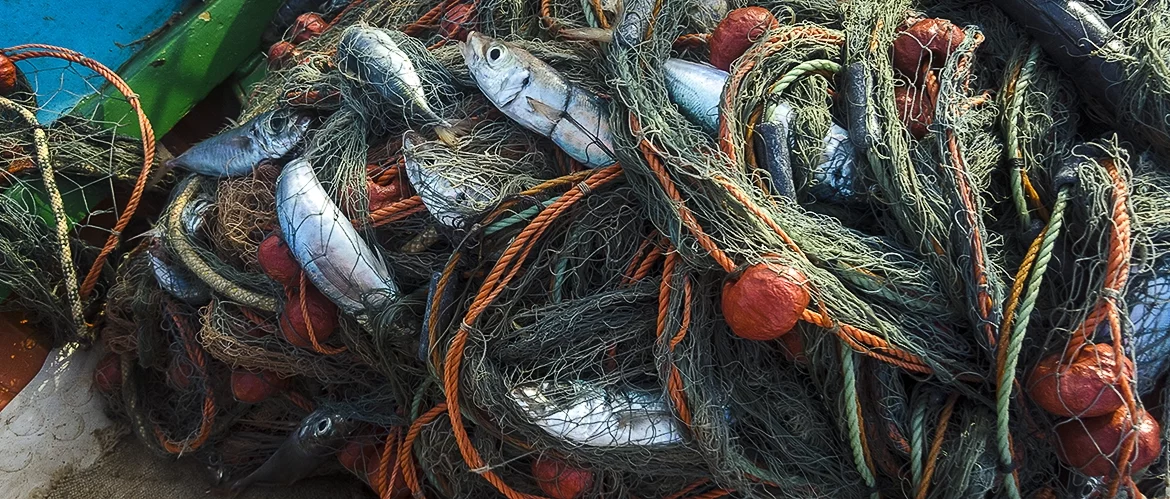Mention climate change and most people in Malta think of rising temperatures and diminishing rainfall, as well as warmer sea. While the visible signs of terrestrial warming are evident – and global warming is having a severe impact on Malta's energy system – most people would be hard pressed to mention any marine changes except warmer seas.
The sea’s surface temperature is a couple of decrees warmer for this time of the year than the historical norm. Data published in the scientific reference book called The Climate of the Maltese Islands shows the average sea surface temperature in November was 18–19 degrees Celsius between 1951 and 1986, yet the surface temperature now, in late November, is 23 degrees Celsius. The higher sea temperature, which appears to have accelerated in the past decade, has been having a significant effect on marine ecology.
Alan Deidun, a marine biologist and University of Malta professor, told this website that “the rate of change is very fast. It is confusing, and we are trying to catch up in our understanding of what is going on with these changes.”
For fishermen, the change has been somewhat dizzying. For example, fishermen consulted by this website said that warmer sea could have contributed to low and erratic catches of dorado (lampuki) the past season.

Something similar might be happening in the swordfish fishery. Catches over the past two years have been erratic, and an investigation by this website earlier this year found that warmer seas might be a factor.
Closer to land, warming seas is one of the factors that is thought to have led to a reduction in the population of the stony sea urchin. A study by the Environment and Resources Authority found a decrease in the population, and this led to last year's legal ban on the picking of this species of urchin. In its report, ERA wrote: “The data indicates that the overall density of live P. lividus specimens recorded at the different sampling sites might be partly attributable to human exploitation, although other variables also likely exert influence.”
Deidun told this website that urchins are attacked by parasites, and higher temperatures shall cause more diseases among urchins.
“Higher temperatures are now going down through the profile of the water,” Deidun said. “So you have species that are being more affected by diseases. And the species that are at the bottom of the sea have nowhere to do – they cannot go deeper into colder seas.”
“The ecology of the sea around us is changing,” Deidun said, adding that fishers have to adapt to a changing environment. “There are more alien species – it is time to identify which of these could be caught for consumption. Other changes that are having an impact on fishing include an increase in the population of dog worms. These are increasing due to warmer sea as well as greater availability of food in the form of feed detritus that falls through the cages at the fish farms.”

Dog worms (busuf in Maltese) are scavengers that eat dead fish. The increasing number of dog worms are taking to attacking fishes caught in fishermen’s trammel nets and traps – fishing by trammel nets is one of the main fishing activities for a significant number of small-scale fishermen – and fishermen typically discard any nibbled fishes they find in their nets and traps.
Would you keep this project afloat
I rely on donations and grants to sustain myself and keep this website running. Income from donations this year has only been enough to cover technical costs of running this website. Keep me sustained so that I can continue delivering professional, well-illustrated articles on this website that no one else does consistently in Malta, and that often come to serve as a point of reference. Contribute as little as €5.





